The increasing global population uses up resources and exploits land.
That is why wild conservation becomes an important agenda to save and preserve habitats that need shelter.
In Thailand, major steps have been made to improve through improvement efforts. This effort is carried out jointly by independent organizations, governments, and individuals. The priority agenda is to preserve the remaining forests of Thailand and return some of the developed areas to liars.
Caring for national symbols
Elephants are the national symbol of Thailand. To deal with liar liars, the government plans to create a database of every tame elephant genetic information. This effort is to overturn hunters who take baby liars and sue them as tame elephant winners. The government is also considering elephant camps for any poor handling of these thick-skinned animals.
The following are some efforts to care for elephants as a national symbol that has been carried out by various parties:
- Elephant hospitals and clinics, conducted by the Elephant Conservation Center of Thailand (TECC) in southern Chiang Mai since 1993. TECC has also participated in knowledge about the elephant library at the National Elephant Institute of Thailand.
- Phang Nga Elephant Park, an eco-friendly business run by a family in northern Phuket. This place offers a unique experience for visitors because it can talk about elephants.
- World of Elephants in Kanchanaburi to raise awareness and needs for Thai elephants.
- Wildlife Friends Foundation Thailand (WFFT), established in 2001 to help animals in captivity. It is wrong to free them by returning them to the realm of liars, if possible. Since 2006, WFFT has also tried to reforest so that liars have habitat.
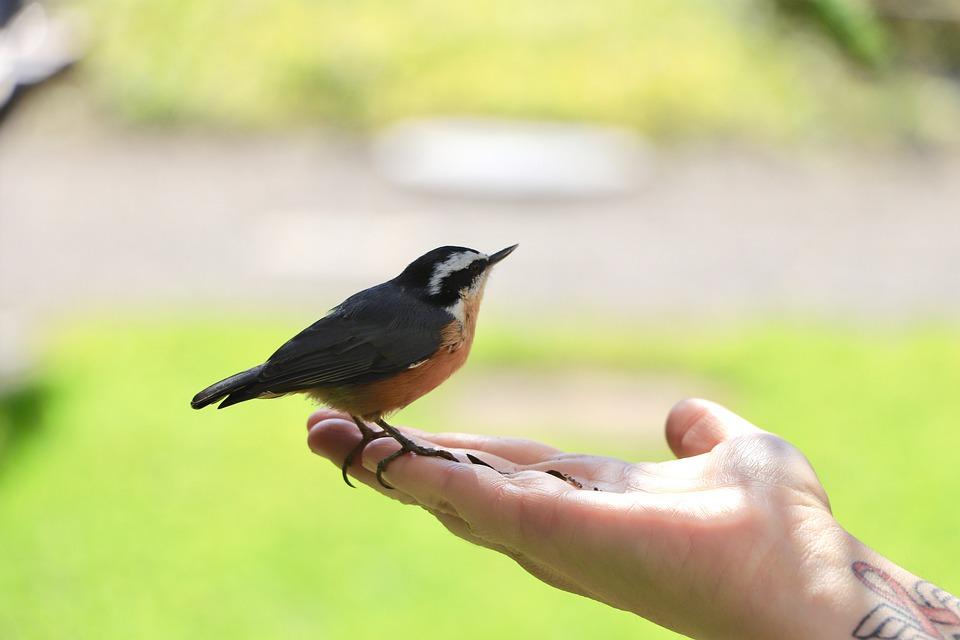
Bird conservation
The Bird Conservation Society was founded in 1953 by an approved NGO in Thailand. One of the agendas approved by these animals is field trips and projects approved for bird conservation, including bird sanctuaries.
Marine conservation
The UN reports that two-thirds of the global marine environment has been affected by humans. That is why marine conservation is carried out to reduce plastic waste, coral conservation, garbage cleaning, and invasive species control.
The Marine Conservation Project also helps volunteers to assist with this support.
Live dog conservation
The Soi Dog Foundation was started in Phuket in 2003 to help dogs and cats on the island. The agenda includes rescue, protection, medical care, and vaccination of stray animals.
The Foundation also helps find homes and sterilize animals found on the streets. In addition, the Turkey Foundation is campaigning for the improvement of animal welfare throughout Asia.
Other Conservation
The World Wildlife Fund for Nature (WWF), Greenpeace, and other organizations are also working to preserve Thailand’s nature.
WWF was founded in 1961 and had been operating in Thailand since 1995. This organization builds a future where humans live in harmony with nature. These efforts include conserving biological pools, using renewed natural resources, agreeing to wasteful consumption, and releasing ties.
Read More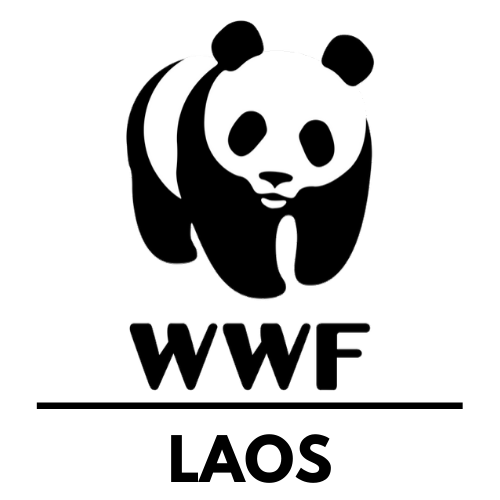
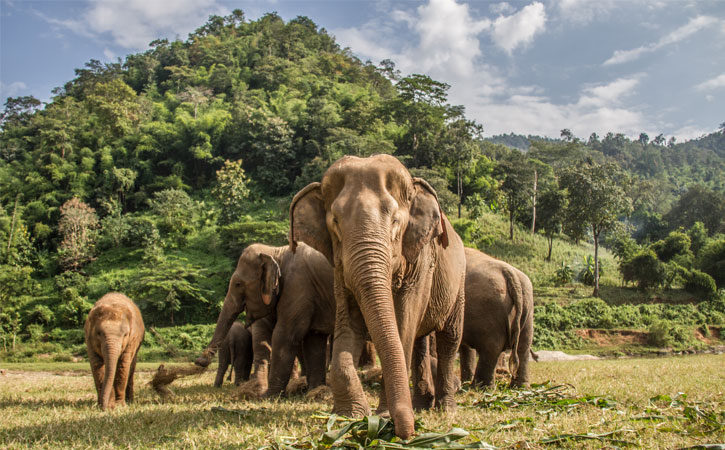
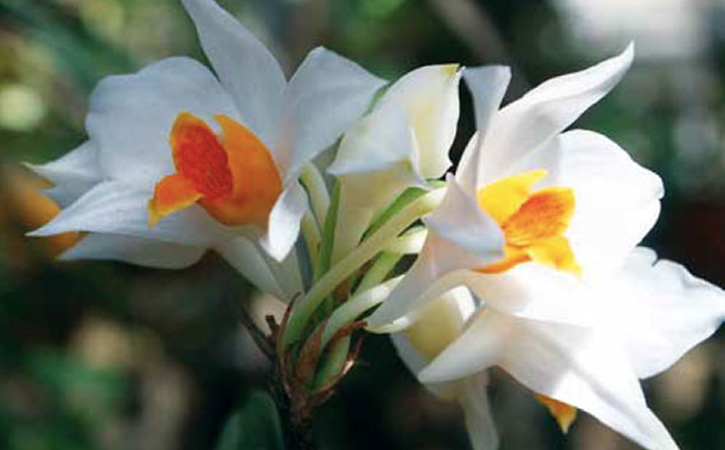
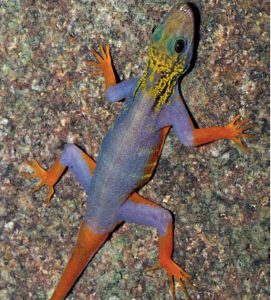 Found on an island in Rach Gia Bay, Vietnam, this new wild gecko is named Cnemaspis psychedelica[/caption]
Found on an island in Rach Gia Bay, Vietnam, this new wild gecko is named Cnemaspis psychedelica[/caption]
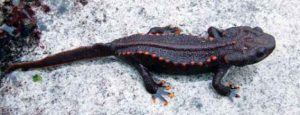 Tylototriton notialis is a new lizard species found in Laos, the first of the genus in this country[/caption]
Tylototriton notialis is a new lizard species found in Laos, the first of the genus in this country[/caption]
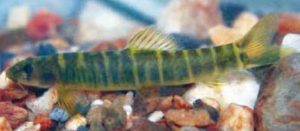 In all the Mekong regions, it is the highest diversity of freshwater fish in the world, with more than 850 known species. One of them is this freshwater fish and is a species of loach (Schistura udomritthiruji).[/caption]
In all the Mekong regions, it is the highest diversity of freshwater fish in the world, with more than 850 known species. One of them is this freshwater fish and is a species of loach (Schistura udomritthiruji).[/caption]
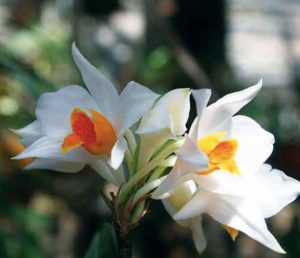 Dendrobium daklakense is a new orchid from one of 16 new orchids found in the Mekong region.[/caption]
Dendrobium daklakense is a new orchid from one of 16 new orchids found in the Mekong region.[/caption]